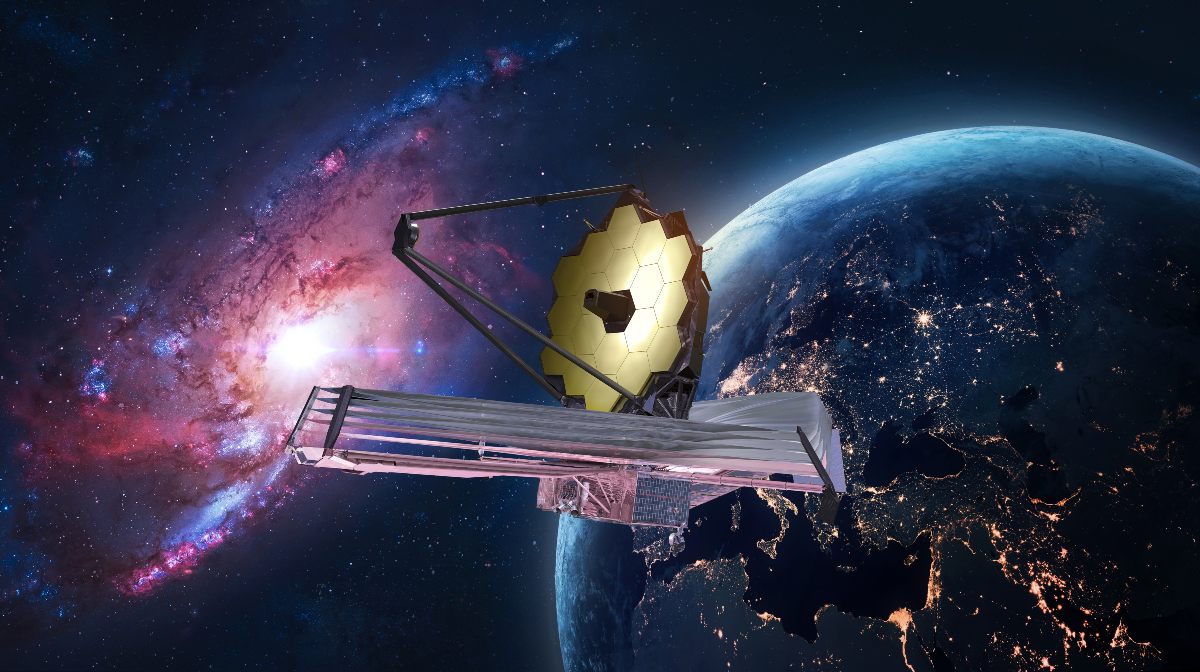The month of November will once again have the space race on stage, as was this iconic event between the 1960s and 1980s. This time it will be the National Aeronautics and Space Administration, NASA, which will be up against a private company that plans to make history. Gone are the Cold War and the space dispute between the United States and the former Soviet Union. Now, the race to conquer space is beginning to involve the private sector for purely commercial purposes.
After what was the space mission to “deflect” the trajectory of a meteorite, Armageddon-style, it is time to look at the sky again. NASA has had truncated activity with launches in August and September being cancelled. In one of them, Hurricane Ian caused the delay of the space mission. The Artemis mission confirmed November 14 as the new date. Meanwhile, the 16th and 19th of the same month have been set aside as backups.
The rival in the space race
Along with the United States, in a lesser-known program, a Japanese commercial enterprise hopes to reach space. Called ispace, the Japanese company plans to launch a SpaceX Falcon 9 rocket. The launch date is expected to be between November 9 and 15. This first mission of the Hakuto-R program would be carrying several customers and would be carrying two rovers, -small exploration vehicles-. These cars correspond to Japanese and Emirati space programs targeting the lunar soil.
A statement from the Japanese firm to the Mashable site expressed:
“We recognize that NASA’s Artemis SLS launch is scheduled for the same time period, and we believe this sends the message that a new era is opening for the cislunar economy with these two historic missions: one government and one commercial.”
When the communiqué speaks of “cislunar”, it is alluding to the region of space between the Earth and the Moon, which also includes the area around the Earth’s natural satellite.
Partners and competitors
NASA is one of ispace’s customers, which is why it is counting on receiving samples brought back by the private lander. Should the Tokyo-based company succeed, we are looking at the first Japanese spacecraft to land on the moon. In addition, it could be the first successful private delivery of cargo to the lunar surface. In 2019, an Israeli company crashed into the moon, and some intriguing artifacts were probably scattered.
For Brad Jolliff, director of the McDonnell Center for Space Sciences at Washington University in St. Louis, the McDonnell Center for Space Sciences is the only one of its kind in the world. In St. Louis, we will have many trade missions in the coming years. Jolliff believes we will have dozens of landings, cargo transport to the moon and the search for elements for scientific experiments.
Jolliff is also convinced that “there is a business case for the moon.” For the director at the University of Washington, this new era “will not be carried out entirely by NASA, it will be carried out with international partners and with commercial partners”. Both Artemis’ mega Space Launch System and SpaceX’s Falcon 9 were manufactured in the United States. In addition, both flights will depart from the Kennedy Space Center on the Florida coast.




